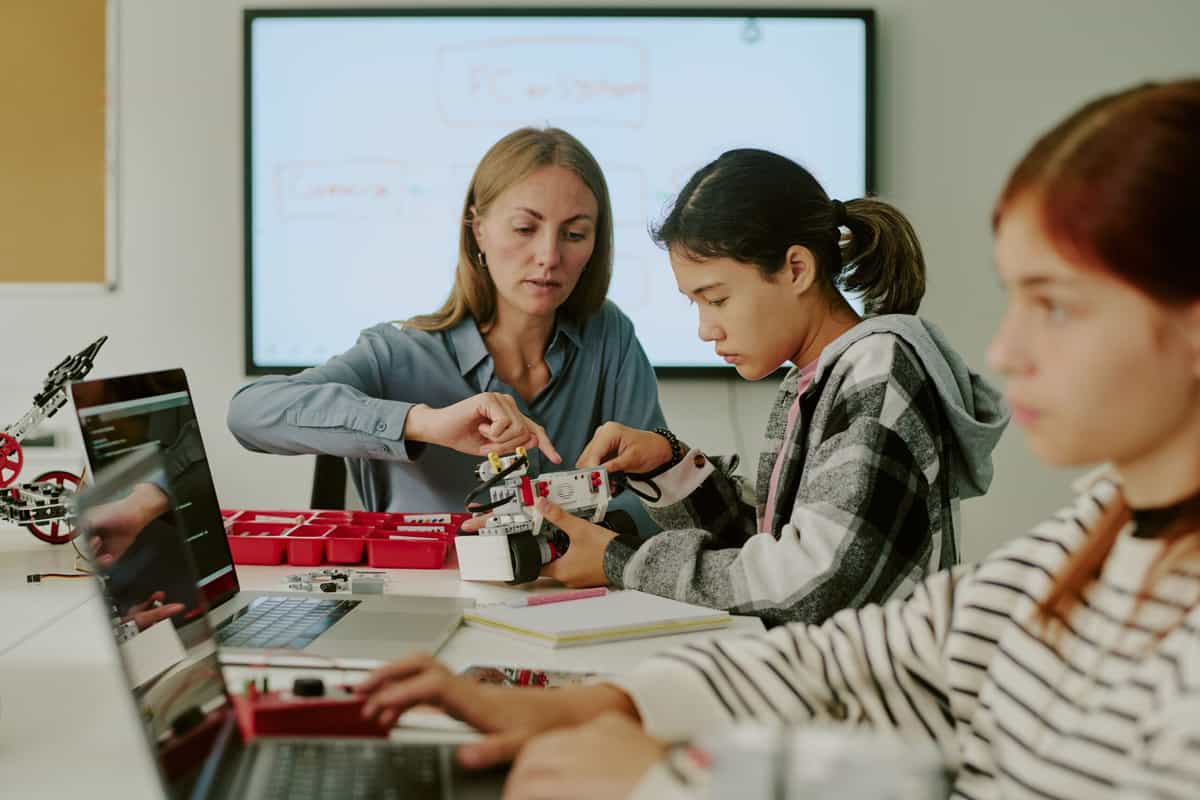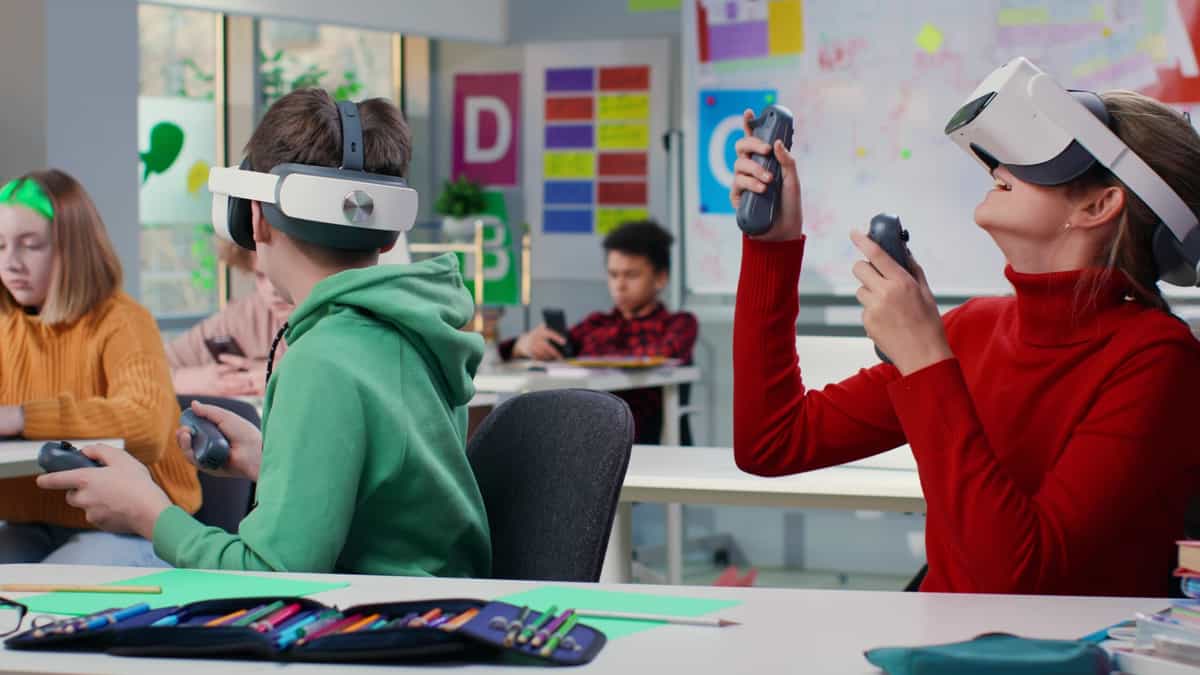Gamification—the application of game-design elements in non-game contexts—has become a transformative force in the education technology (EdTech) industry. As traditional learning methods struggle to keep pace with modern students’ expectations, gamified experiences offer an innovative way to drive motivation, boost knowledge retention, and personalize learning journeys.
From classroom settings to corporate training platforms, gamification taps into the human desire for achievement, competition, and reward. In this article, we explore how gamification in EdTech enhances learner engagement, identify successful implementations, and discuss how your organization can harness this strategy through the right technological approach—including microlearning solutions, SaaS application development services, and support from a top mobile app development company.
Understanding the Psychology Behind Gamification
Why Gamification Works
Gamification is effective because it satisfies three core psychological needs:
Autonomy – the freedom to make choices.
Competence – the drive to achieve and improve.
Relatedness – the desire to connect with others.
In education, these principles translate into interactive experiences where learners feel empowered, motivated, and supported.
| Autonomy | - Learners make choices and set goals
| - Open-world game-style learning paths
|
| Competence | - Learners feel successful and accomplished
| - Badges, levels, or performance stats
|
| Relatedness | - Social connection boosts motivation
| - Leaderboards, peer challenges
|
According to TalentLMS, 83% of learners feel more motivated when training includes gamified elements, and 89% report higher productivity.
Real-World Applications of Gamification in EdTech
Gamification has proven effective across various educational sectors. Platforms like Duolingo, Kahoot!, and Quizizz are great examples of how game mechanics can be used to increase daily user activity and course completion rates.
In K-12 education, students engage more deeply when learning is transformed into an interactive experience. In higher education and corporate learning, gamification helps break down complex topics into achievable steps, improving retention and driving long-term results.
Rather than simply consuming information, learners become active participants in their own progress, which leads to significantly better outcomes compared to traditional lecture-based methods.
Gamification Design: Mechanics That Drive Engagement

Gamification is far more than just adding a leaderboard or colorful icons to a learning platform. The real power lies in the strategic use of game mechanics designed to influence behavior, build habits, and encourage consistent learning. When used correctly, these mechanics make learning addictive—in the best possible way.
Core Game Mechanics That Spark Engagement
Points (XP or Scores)
Points are one of the most fundamental gamification elements. They provide instant feedback and a visible sense of achievement. Whether a learner answers a question correctly, completes a lesson, or logs in daily, receiving points reinforces positive behavior. Platforms like Duolingo use experience points (XP) to keep users coming back daily, turning language learning into a rewarding ritual.
Badges and Achievements
Badges symbolize milestones and accomplishments. They serve as visual recognition of effort and progress. For example, a student might earn a badge for completing their first quiz, finishing a module without mistakes, or maintaining a 7-day streak. These badges not only motivate the learner but can also be shared on social media or within the platform, reinforcing a sense of pride and community recognition.
Leaderboards
Competition can be a powerful motivator when implemented correctly. Leaderboards rank learners based on performance, fostering friendly rivalry. However, they should be customizable—segmenting by class, group, or level—to avoid discouraging those at the bottom. Leaderboards work best when paired with encouragement mechanisms, such as weekly resets or “most improved” categories.
Challenges and Quests
Quests turn learning into an adventure. By framing tasks as missions with clear objectives and rewards, learners become more invested. These can be daily challenges (“Complete 5 vocabulary words today”) or long-term goals (“Finish all math units this month”). This mechanic also allows educators to guide learners through a structured path while keeping it fun.
Progress Bars and Visual Feedback
One of the most psychologically satisfying game mechanics is the progress bar. It taps into the Zeigarnik effect—a psychological phenomenon where people remember unfinished tasks better than completed ones. Seeing progress visually encourages learners to complete what they’ve started. Platforms like Khan Academy use visual checkpoints and progress trackers to promote a sense of completion and continuity.
Streaks and Daily Rewards
Streaks are particularly effective in building learning habits. By rewarding users for consecutive days of activity, platforms increase daily engagement. A missed day might reset the streak, introducing an emotional incentive to continue. Combined with small daily rewards—such as bonus points or surprise content—this can transform sporadic learners into consistent participants.
Avatars and Personalization
Giving learners the ability to customize an avatar or learning path personalizes the experience and increases emotional attachment. When learners feel a sense of ownership, they are more likely to invest time and effort. Some platforms allow learners to “level up” their avatars as they gain experience, further reinforcing progress in a fun and visual way.
Tying It All Together
Effective gamification in EdTech comes down to purposeful design. The mechanics must be tied to learning objectives—not just added for novelty. For example, rewarding a badge only for completing a lesson doesn’t reinforce learning unless the badge is based on true mastery or application of the knowledge.
Moreover, microlearning solutions—which break content into bite-sized, focused lessons—are perfect candidates for gamification. A short quiz with immediate feedback, a five-minute interactive video followed by a mini-challenge, or a streak-based flashcard system are just a few examples of how gamified microlearning can boost both engagement and retention.
The success of gamified design depends on balance: too few elements and the experience feels flat; too many and it becomes overwhelming or gimmicky. The goal is to enhance learning, not distract from it.
Building a Gamified EdTech Platform: Tech Stack & Development Tips
Developing a gamified platform requires a strategic tech stack that supports real-time interactivity, data collection, and a smooth user experience across devices.
Partnering with a top mobile app development company or choosing specialized SaaS application development services can accelerate development, improve scalability, and ensure your platform remains secure and intuitive.
| Reward Systems | | - Backend logic, real-time databases
|
| Analytics Dashboard | - Tracks learning performance
| |
| Interactive UI | | - Flutter/React Native, animations
|
Future of Gamification in EdTech: AI, AR, and Personalization

As EdTech continues to evolve, gamification is being enhanced with emerging technologies like artificial intelligence (AI), augmented reality (AR), and adaptive learning.
AI helps tailor content to each learner’s performance, making experiences more personalized and efficient. AR introduces immersive elements, turning classrooms into interactive playgrounds where learners explore digital content in physical spaces.
Gamification combined with these technologies makes learning more accessible, dynamic, and enjoyable for the next generation of students.
Conclusion
Gamification is a powerful tool that transforms learning from a passive to an active process. By integrating key game mechanics and leveraging technologies like microlearning solutions, SaaS application development services, and support from a top mobile app development company, educators and businesses can design learning experiences that are engaging, rewarding, and results-driven.
As EdTech moves into the future, gamification will remain at the core of learner-centered design, helping to unlock new levels of motivation and success through play.
🔗 Explore more EdTech development strategies
















